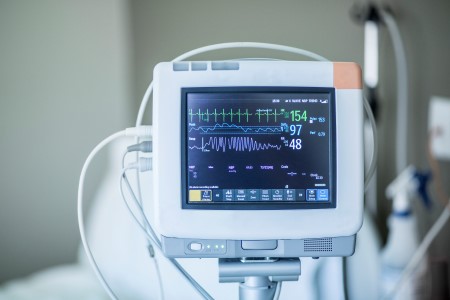Medical Devices Surveillance
All medical devices carry residual safety and performance risks throughout their lifecycle. These stem from a combination of factors that include product variability, factors affecting the product’s use environment and different end-user interactions, as well as unforeseen device failure or misuse.
Of course product design and development activities are designed to ensure that any residual risk is acceptable before product release. Notwithstanding, it’s important to collect and analyse information both during production and post-production to make sure that residual risk remains acceptable. This activity can result in the early detection of undesirable effects and can reveal opportunities for product improvement. To help manufacturers perform appropriate post-production monitoring, ISO has produced ISO TR 20416:2020 Medical devices. Post-market surveillance for manufacturers.
Proactive and systematic
ISO TR 20416:2020 is an international technical report. It describes a proactive and systematic process that manufacturers can use to collect and analyse appropriate data. It will help establish a common understanding of the post-market surveillance process. Also the process described is consistent with relevant international standards, in particular ISO 13485 and ISO 14971.
Post-market surveillance typically links to other processes that have been established in the quality management system. Post-market surveillance activities help ensure that available data is analysed and used to make determinations about product safety and performance in accordance with the intended use.
This type of surveillance contributes to meeting regulatory requirements. ISO TR 20416 contains suggestions and techniques that can be used to meet applicable regulatory requirements.
Post-market surveillance also feeds into lifecycle management. It can identify if a medical device is not current state-of-the-art, based, for instance, on comparative information from other devices used for similar purposes or from alternative medical treatment procedures. These insights can trigger a design modification, or a new design, or even removal of the device from the market.
Post-market surveillance can generate real-world information leading to new market authorizations for the device (new markets, new indications supported by actual use of the device) or of the next generation of that medical device.
Opportunities for improvement
ISO TR 20416:2020 works by setting out a best-practice process for conducting post-market surveillance. It begins by looking at the purpose and planning of the process. It then deals with the scope of the post-market surveillance plan and its objectives. This will identify the type of information to be collected. Objectives can tackle various aspects of the device including safety, performance, usability, labelling, market adoption, user feedback and any other opportunities for improvement.
The document then looks at responsibilities and data sources, the definition of data collection methods and developing a data collection protocol. Proactive methods of data collection include surveys, questionnaires and interviews as well as post-market clinical follow-up studies.
ISO TR 20416 covers the different methods of analysis which will depend of the type of raw data collected. Next comes reporting on the data analysed. This should include evidence that the surveillance activity is meeting the objectives documented in the post-market surveillance plan and answer the questions that were identified.
The final stage is to review the post-market surveillance plan periodically to check that the plan is being adhered to and meeting stated objectives. Of course the plan should be maintained throughout the life of the medical device.
The second half of the document consists of highly practical annexes which provide examples of data sources, examples of data analysis methods and detailed examples of specific post-market surveillance plans.
All told this is comprehensive and useful document will help make post-market surveillance more structured and effective for medical device manufacturers the world over.




Leave a Reply